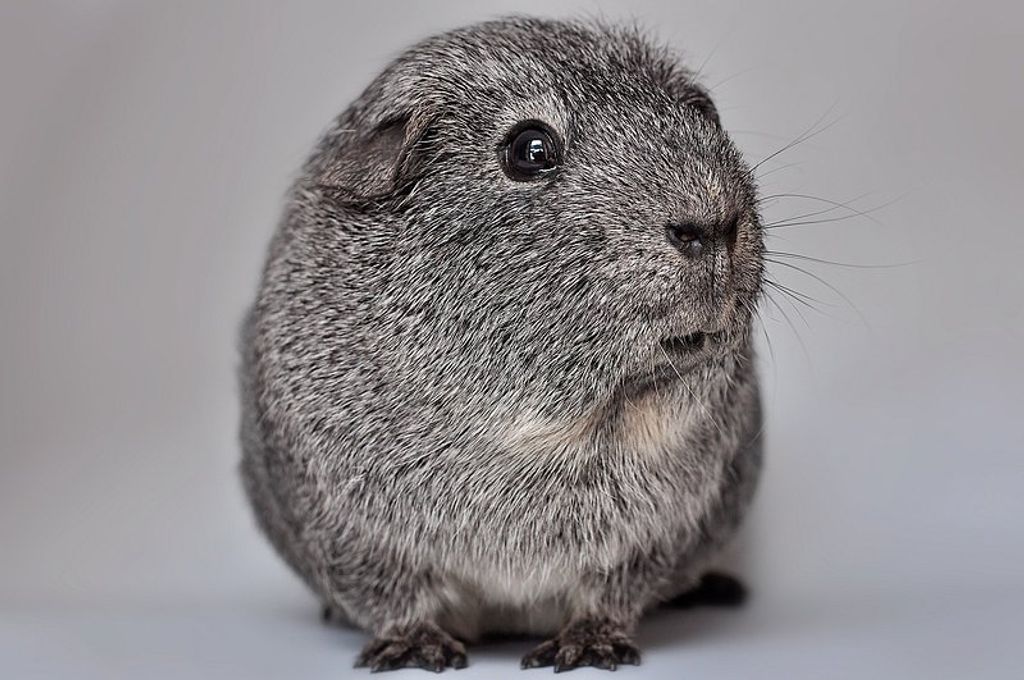The Syrian Hamster

Physical Characteristics
Syrian hamsters are stout-bodied, with a tail much shorter than their body length. They have small furry ears, short stocky legs, and wide feet. The average Syrian hamster measures around 6 to 7 inches in length. They come in a variety of colors and patterns, including golden, cream, cinnamon, and black. Their fur is dense and soft, providing excellent insulation. Syrian hamsters also have cheek pouches on both sides of their face, which they use to store food and carry it back to their nests.
Temperament
When it comes to temperament, Syrian hamsters are known for their independent and solitary nature. They prefer to live alone and can become aggressive towards other hamsters if housed together. However, they can form strong bonds with their human owners and enjoy being handled and played with.
One important thing to note is that Syrian hamsters are nocturnal creatures, which means they are most active during the night. This is something to consider if you prefer a hamster that is awake and active during the day.
In terms of intelligence, Syrian hamsters are quite clever and can learn tricks and commands with proper training and positive reinforcement.
Care and Maintenance
When it comes to caring for your hamster, there are a few important things to keep in mind.
Firstly, nutrition plays a crucial role in maintaining your hamster’s health. Make sure to provide a balanced diet that includes a variety of fresh fruits, vegetables, and high-quality hamster pellets. It’s also important to avoid feeding your hamster foods that are toxic to them, such as chocolate or onions.
Secondly, hygiene is essential for keeping your hamster happy and healthy. Regularly clean their cage, removing any soiled bedding and replacing it with fresh bedding. Additionally, provide a shallow dish of sand or chinchilla dust for your hamster to roll in, as this helps to keep their fur clean and free from oils.
Lastly, exercise is crucial for your hamster’s physical and mental well-being. Provide them with a wheel or other toys that encourage movement and play. Allow them time outside of their cage in a safe, supervised area to explore and stretch their legs.
Remember, by providing proper nutrition, maintaining good hygiene, and ensuring regular exercise, you can help your hamster live a happy and healthy life.
Health Considerations
When considering the health of your hamster, there are a few important factors to keep in mind. Proper nutrition is essential for maintaining your hamster’s overall well-being. Make sure to provide a balanced diet that includes a variety of fresh fruits, vegetables, and high-quality hamster pellets. Additionally, it’s important to regularly clean your hamster’s cage to prevent the buildup of bacteria and ensure a clean living environment.
Dwarf Hamsters

Different Dwarf Hamster Breeds
When it comes to dwarf hamsters, there are several different breeds to choose from. Each breed has its own unique characteristics and traits. Here are some of the most popular dwarf hamster breeds:
- Winter White Dwarf Hamster
- Roborovski Dwarf Hamster
- Campbell’s Russian Dwarf Hamster
- Chinese Dwarf Hamster.
These breeds vary in size, appearance, and temperament. It’s important to research each breed and consider your own preferences before making a decision. Some breeds may be more active and playful, while others may be more docile and shy. Additionally, certain breeds may require specific care and housing needs.
If you’re unsure which dwarf hamster breed is right for you, consider reaching out to a local breeder or pet store for more information and guidance.
Size and Appearance
When it comes to size and appearance, dwarf hamsters are significantly smaller than Syrian hamsters. They typically measure around 2 to 4 inches in length and weigh approximately 1 to 2 ounces[^e6ff]. Despite their small size, dwarf hamsters come in various breeds, each with its own unique characteristics. Some popular breeds include the Winter White, Campbell’s, and Roborovski hamsters.
Personality Traits
When it comes to personality traits, dwarf hamsters are known for their unique and charming characteristics. These small creatures are full of energy and curiosity, making them entertaining pets to have. They are often described as playful, social, and friendly. Dwarf hamsters are also known to be intelligent and can be easily trained to perform tricks or respond to commands.
In terms of temperament, dwarf hamsters can vary depending on the breed. For example, Campbell’s Dwarf Hamsters are known to be more active and outgoing, while Roborovski Dwarf Hamsters are typically more shy and reserved.
If you’re looking for a pet that will provide you with endless entertainment and companionship, a dwarf hamster may be the perfect choice for you.
Housing and Diet
When it comes to housing your dwarf hamster, it’s important to provide them with a comfortable and safe environment. Cage size is crucial, as dwarf hamsters need plenty of space to explore and exercise. A general rule of thumb is to provide at least 360 square inches of floor space for a single dwarf hamster. Additionally, make sure the cage has a secure lid to prevent any escapes.
In terms of bedding, opt for a soft and absorbent material such as aspen shavings or paper-based bedding. Avoid using cedar or pine shavings, as they can be harmful to your hamster’s respiratory system.
As for diet, a balanced and nutritious meal is essential for your dwarf hamster’s well-being. Commercial hamster pellets should make up the majority of their diet, supplemented with fresh fruits and vegetables. Avoid feeding them sugary or fatty foods, as these can lead to health issues such as obesity and diabetes.
Remember to provide fresh water daily and clean the food and water dishes regularly to maintain hygiene.
In conclusion, ensuring a suitable housing setup and providing a healthy diet are key factors in keeping your dwarf hamster happy and thriving.
